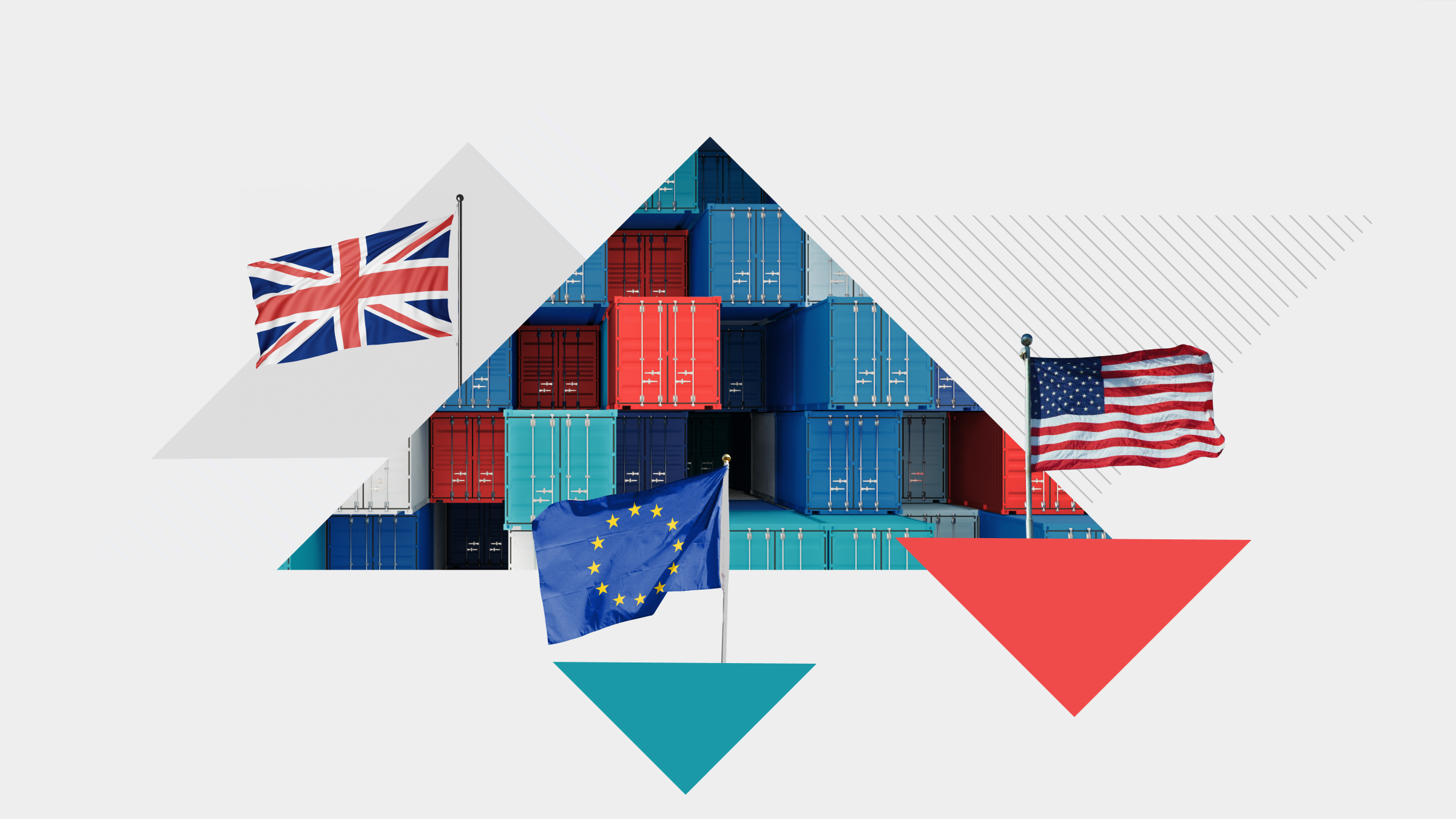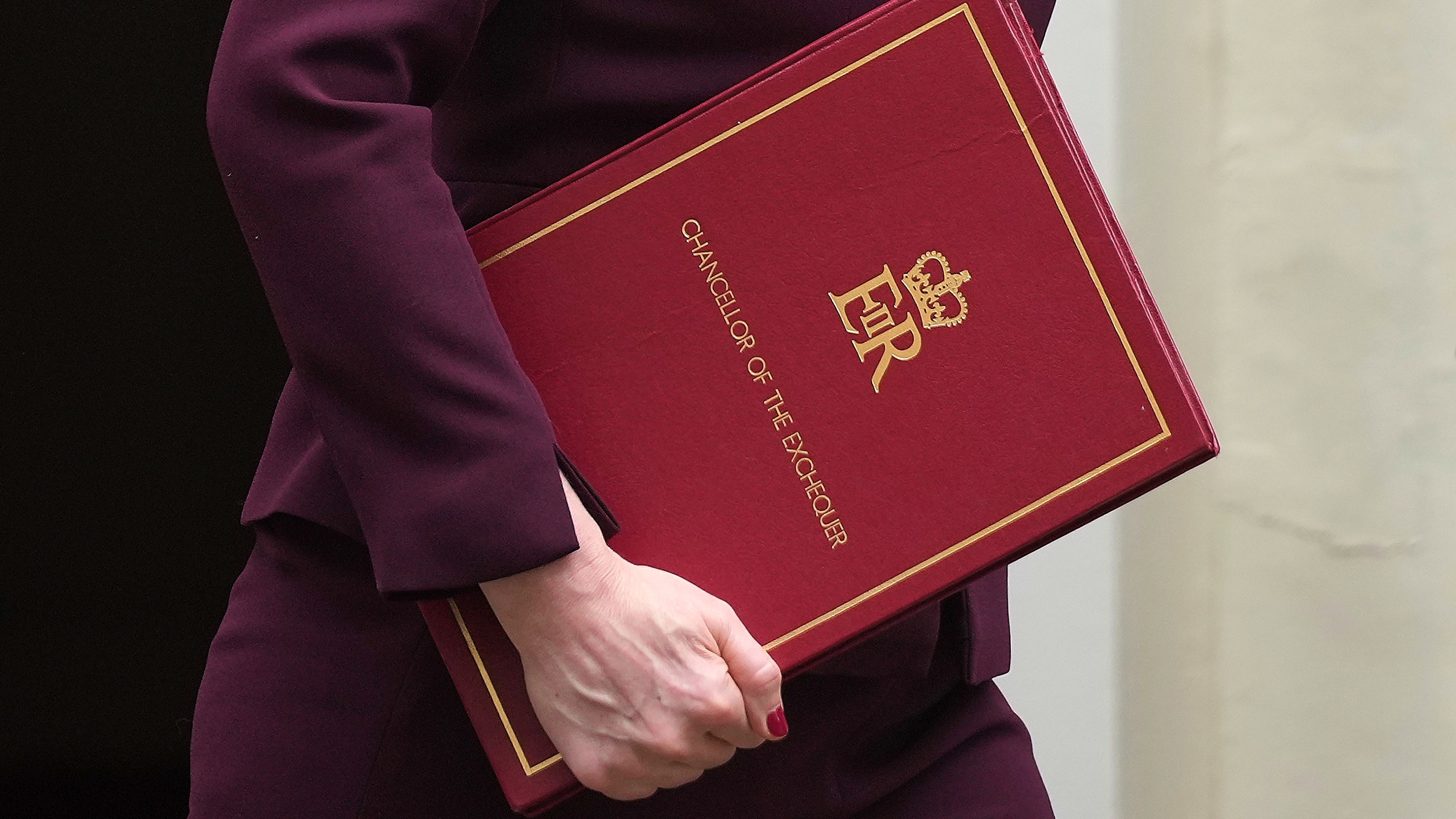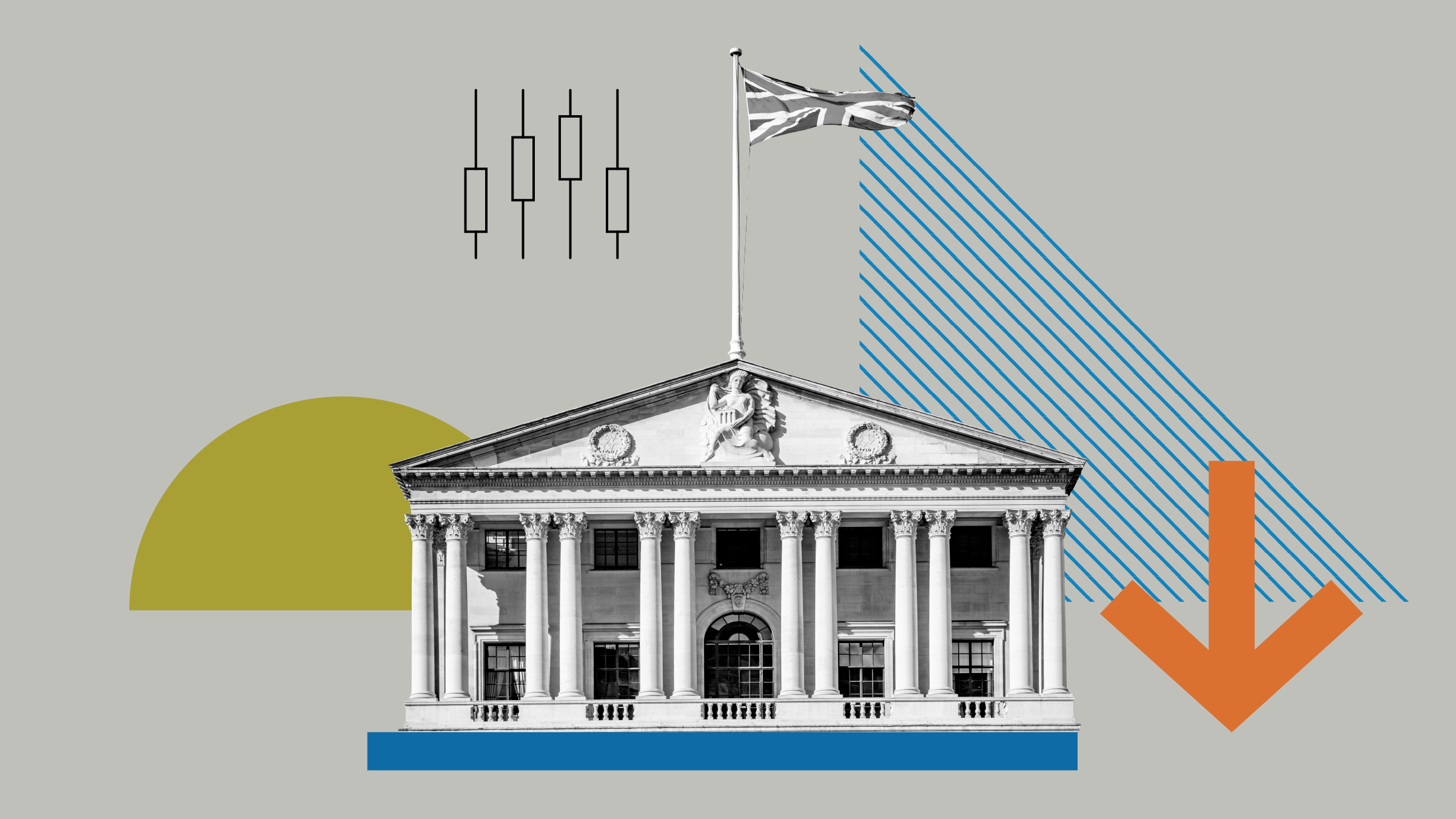The settlement reached with the U.S. federal government and Gulf states earlier this year was a major step for BP (BP.) in putting the 2010 Deepwater Horizon accident behind it. While BP remains on the hook for $23 billion, to be paid over the next 17 years, the recognition of a reliable estimate for all remaining liabilities removes a key element of uncertainty for the company.
With outlays of about $2.5 billion due through 2018 and $1.1 billion per year thereafter, BP should be able to meet its liabilities with proceeds from targeted asset sales of $2 billion-$3 billion per year, which we view as a rather low hurdle.
With that issue largely resolved, BP is now turning its focus to positioning the company to compete in a world of lower oil prices. Its first step is to improve its cost structure and reduce its capital outlays so that it can cover its dividend at $55 per barrel oil by 2017. While we estimate that this goal is slightly ambitious, it is likely achievable by 2018, making it one of the safest dividends among the European integrated oil firms.
BP is targeting cost reduction of $7 billion, or 20%, from 2014 levels, primarily in the upstream segment, where it is planning to reduce the workforce by a third. With the firm already one of the lower-cost producers of its peer group, the cost reductions will improve margins further.
Meanwhile, capital spending will fall to $15 billion-$17 billion on average from 2017, a sharp reduction from the peak in 2013 of nearly $25 billion. At this level, BP will continue to invest the least among the peer group for its level of production. However, it will continue to grow through a mix of projects already under construction or nearing completion and those who have qualified for a final investment decision due to cost reduction. In total, BP plans to add 800 thousand barrels of oil equivalent of new gross production capacity by 2020, 85% of which is at least under construction. With these new volumes sporting margins 35% greater than the existing portfolio, BP’s upstream margin should improve further over time.
Risk
BP's profits and cash flow are largely tied to hydrocarbon production and highly leveraged to movements in the price of oil. Periods of prolonged low oil prices weaken returns on capital, and new oil and gas projects would be unlikely to generate their projected economic results. BP employs huge amounts of capital in building out its production portfolio, and cost overruns and/or completion delays are continued sources of uncertainty. Greater reliance on highly technical projects is likely to increase these risks.
Our valuation carries heightened uncertainty because of exposure to the Russian government through its Rosneft partnership. With respect to BP's 20% interest in Rosneft, the firm's status as a Western company that holds such a large stake in Russia's national oil company creates significant sovereign risk, although this is somewhat reflected in Rosneft's share price.






























